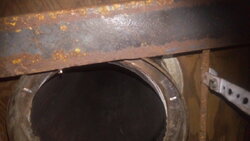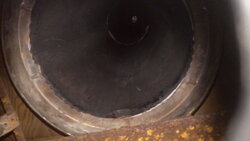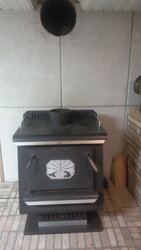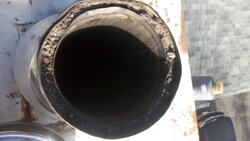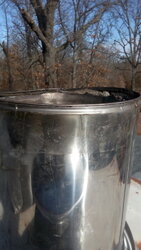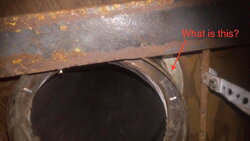I recently bought a home with a wood burning fireplace. It has single wall pipe going through the wall and connecting to 8" double wall chimney pipe. I need to replace the single wall pipe with double wall and I can't seem to figure out the type of chimney pipe I have. Please help, we need heat but I don't want to risk our safety
Can't figure out pipe type
- Thread starter Indiancoach
- Start date
-
Active since 1995, Hearth.com is THE place on the internet for free information and advice about wood stoves, pellet stoves and other energy saving equipment.
We strive to provide opinions, articles, discussions and history related to Hearth Products and in a more general sense, energy issues.
We promote the EFFICIENT, RESPONSIBLE, CLEAN and SAFE use of all fuels, whether renewable or fossil.


